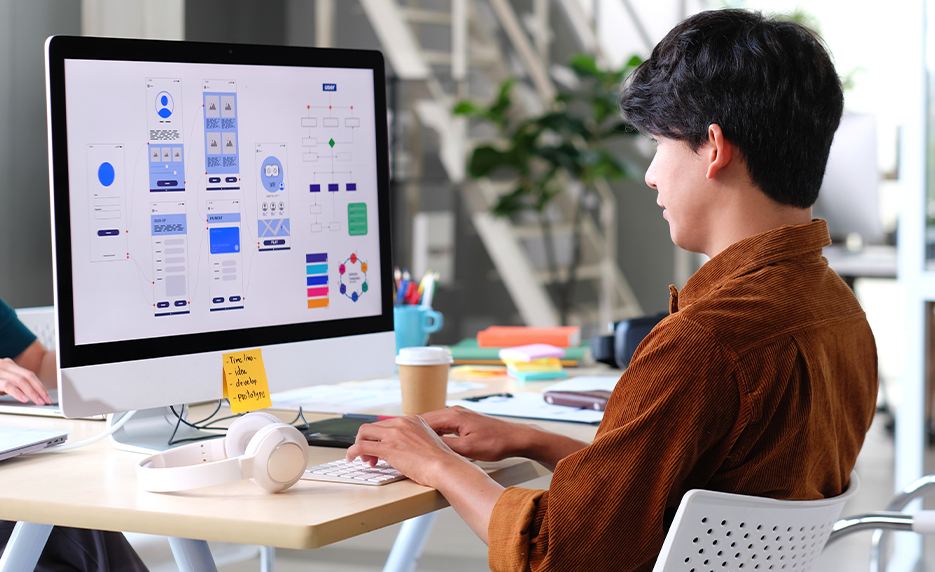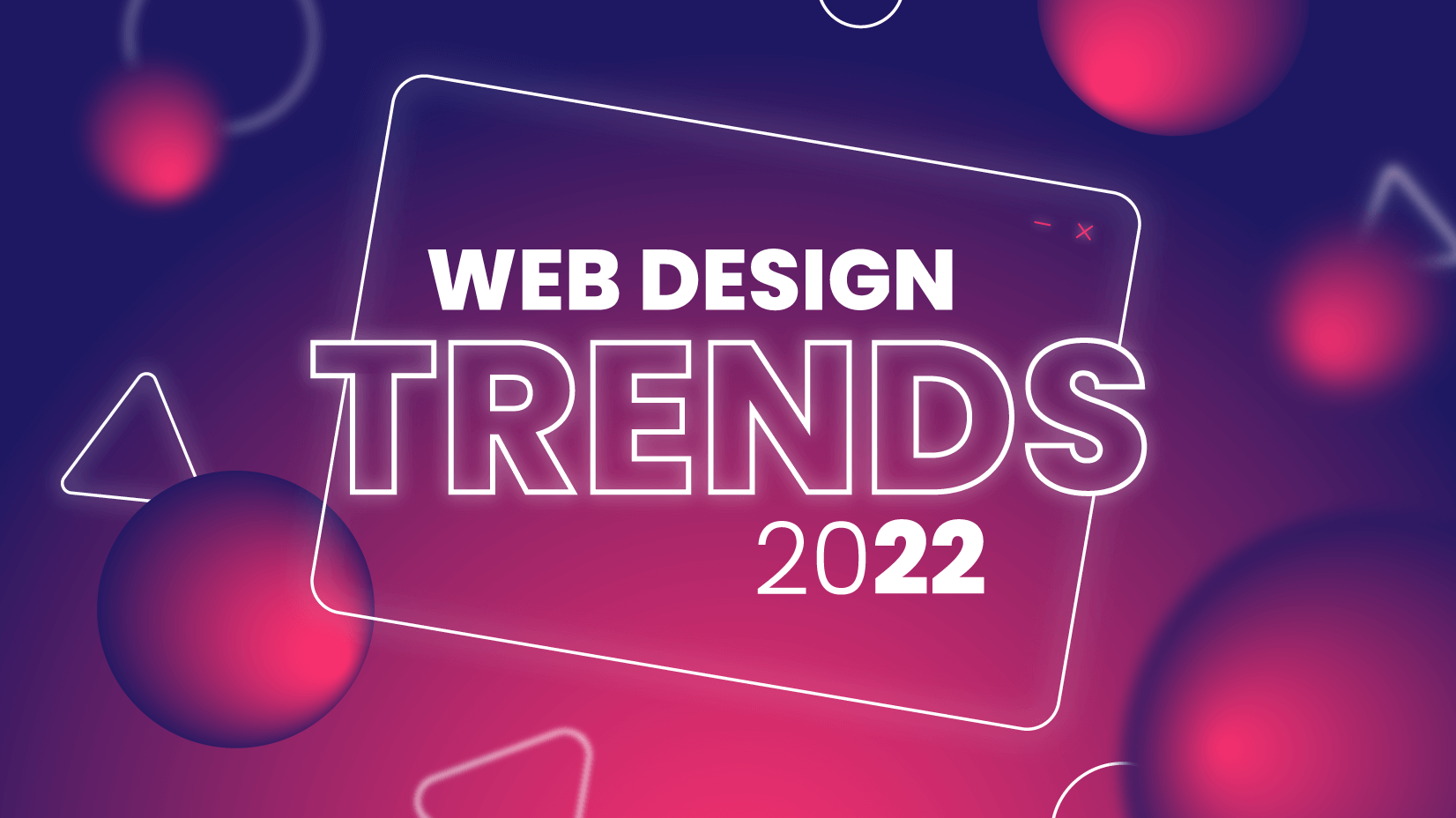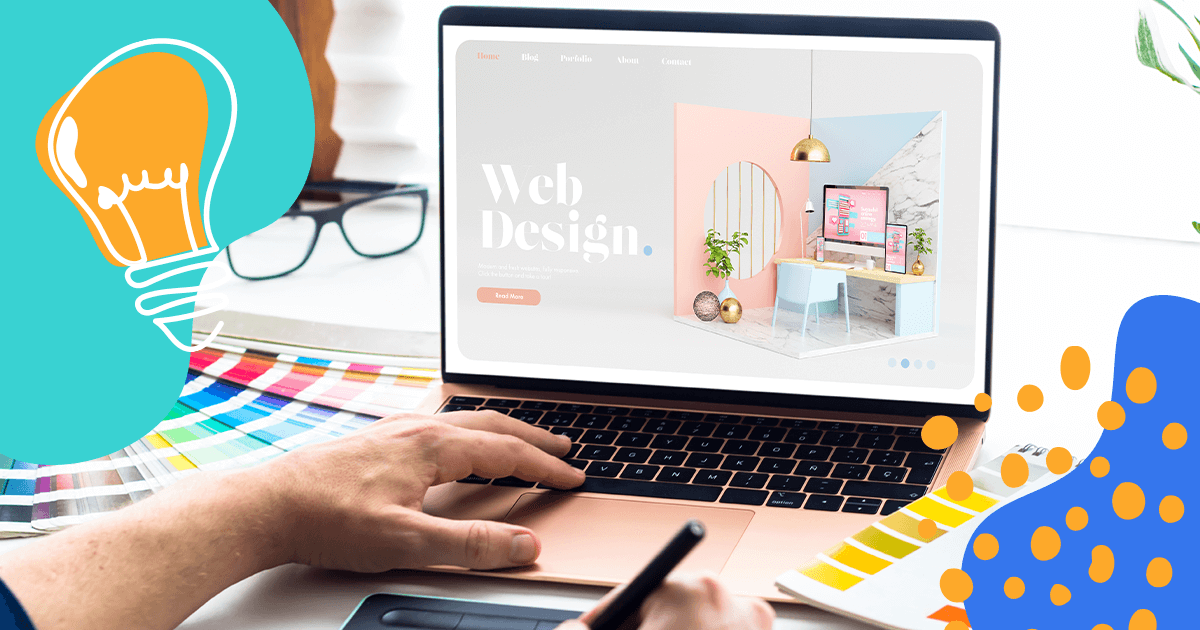All Categories
Featured
Table of Contents
- – Basics Of Web Development & Coding Specializat...
- – Web Design Scholarship - Nyc Digital Marketin...
- – Beginner's Guide: How To Learn Web Design At ...
- – Awwwards - Website Awards - Best Web Design T...
- – Wicky Design: Philadelphia Web Design Tips an...
- – What Can I Do With A Web Design And Developme...
- – Collaborate & Create Amazing Graphic Design ...
- – Web Design - Entrepreneur Tips and Tricks:
- – St Louis Seo Company - St Louis Web Design A...
- – Web Design Scholarship - Nyc Digital Marketi...
- – Web Design Services + Website Development Ag...
Basics Of Web Development & Coding Specialization - Coursera Tips and Tricks:
Quick summary Usability and the energy, not the visual style, identify the success or failure of a website. Considering that the visitor of the page is the only person who clicks the mouse and for that reason chooses everything, user-centric style has actually established as a standard technique for effective and profit-oriented website design - web design frederick md.
and the energy, not the visual design, identify the success or failure of a site. Since the visitor of the page is the only individual who clicks the mouse and for that reason decides whatever, user-centric style has become a basic method for successful and profit-oriented website design. If users can't use a feature, it may as well not exist.
g. where the search box ought to be positioned) as it has actually already been done in a number of short articles; rather we concentrate on the techniques which, used properly, can lead to more sophisticated design decisions and streamline the process of perceiving presented information. Please observe that you might be thinking about the usability-related articles we have actually released prior to: Principles Of Great Website Design And Reliable Web Design Guidelines, In order to use the principles appropriately we first require to understand how users engage with sites, how they think and what are the basic patterns of users' behavior.
Web Design Scholarship - Nyc Digital Marketing Agency Tips and Tricks:
Visitors glimpse at each brand-new page, scan some of the text, and click the first link that catches their interest or slightly resembles the thing they're trying to find. There are big parts of the page they do not even look at. A lot of users browse for something intriguing (or useful) and clickable; as quickly as some promising candidates are discovered, users click.
If a page provides users with top quality content, they want to compromise the material with ads and the style of the website. This is the reason that not-that-well-designed sites with top quality material gain a great deal of traffic over years. Content is more crucial than the design which supports it.

Users do not read, they scan. Notification how "hot" areas abrupt in the middle of sentences. This is common for the scanning procedure. Really basic principle: If a website isn't able to fulfill users' expectations, then designer stopped working to get his job done correctly and the business loses money. The greater is the cognitive load and the less instinctive is the navigation, the more prepared are users to leave the website and search for alternatives.
Beginner's Guide: How To Learn Web Design At Home - Medium Tips and Tricks:
Neither do they scan website in a direct fashion, going sequentially from one site area to another one. Instead users satisfice; they pick the very first affordable alternative. As quickly as they discover a link that appears like it may cause the objective, there is an excellent opportunity that it will be right away clicked.
It does not matter to us if we understand how things work, as long as we can use them. If your audience is going to imitate you're designing billboard, then design terrific billboards." Users desire to have the ability to manage their internet browser and count on the consistent information presentation throughout the site.
If the navigation and site architecture aren't user-friendly, the variety of question marks grows and makes it harder for users to comprehend how the system works and how to obtain from point A to point B. A clear structure, moderate visual ideas and quickly identifiable links can help users to discover their path to their goal.
Awwwards - Website Awards - Best Web Design Trends Tips and Tricks:

Considering that users tend to explore websites according to the "F"-pattern, these three statements would be the very first components users will see on the page once it is filled. The style itself is basic and instinctive, to comprehend what the page is about the user needs to search for the answer.
When you have actually achieved this, you can interact why the system is helpful and how users can gain from it. People won't utilize your web site if they can't discover their way around it. 2. Don't Waste Users' Perseverance, In every project when you are going to offer your visitors some service or tool, try to keep your user requirements minimal.
Newbie visitors want to, not filling long web forms for an account they might never use in the future. Let users explore the website and discover your services without forcing them into sharing private information. It's not reasonable to force users to get in an e-mail address to evaluate the feature.
Wicky Design: Philadelphia Web Design Tips and Tricks:
And that's what you desire your users to feel on your web website. The registration can be done in less than 30 seconds as the form has horizontal orientation, the user does not even require to scroll the page.
A user registration alone is enough of an impediment to user navigation to cut down on inbound traffic. Handle To Focus Users' Attention, As sites offer both fixed and vibrant material, some aspects of the user interface draw in attention more than others do.
Focusing users' attention to specific areas of the site with a moderate usage of visual elements can help your visitors to get from point A to point B without thinking of how it actually is expected to be done. The less concern marks visitors have, the they have and the more trust they can establish towards the company the site represents.
What Can I Do With A Web Design And Development Degree? Tips and Tricks:
4. Pursue Feature Exposure, Modern web styles are generally criticized due to their approach of directing users with visually appealing 1-2-3-done-steps, large buttons with visual results and so on. But from the design perspective these elements really aren't a bad thing. On the contrary, such as they lead the visitors through the site content in an extremely simple and easy to use method.
The website has 9 main navigation choices which show up at the very first glimpse. The choice of colors might be too light, though. is a basic principle of successful interface style. It doesn't really matter how this is accomplished. What matters is that the content is well-understood and visitors feel comfortable with the method they connect with the system.
com gets directly to the point. No charming words, no exaggerated statements. Rather a price: simply what visitors are trying to find. An optimal solution for reliable writing is touse short and concise phrases (come to the point as quickly as possible), usage scannable design (classify the material, utilize several heading levels, utilize visual elements and bulleted lists which break the circulation of consistent text blocks), usage plain and unbiased language (a promo does not need to seem like advertisement; provide your users some affordable and unbiased factor why they ought to utilize your service or remain on your website)6.
Collaborate & Create Amazing Graphic Design For Free Tips and Tricks:
Users are rarely on a website to delight in the style; additionally, in many cases they are trying to find the details despite the design - web design frederick md. Aim for simpleness instead of complexity. From the visitors' viewpoint, the very best site design is a pure text, without any ads or more content blocks matching precisely the question visitors utilized or the content they've been looking for.
Finch clearly provides the info about the site and offers visitors a choice of options without overcrowding them with unneeded material. Not just does it assist to for the visitors, however it makes it possible to view the info presented on the screen.
Complex structures are more difficult to check out, scan, examine and deal with. If you have the option in between separating two style segments by a noticeable line or by some whitespace, it's generally much better to use the whitespace service. (Simon's Law): the better you handle to provide users with a sense of visual hierarchy, the much easier your material will be to view.
Web Design - Entrepreneur Tips and Tricks:
The exact same conventions and rules must be used to all elements.: do the most with the least amount of cues and visual components. Clearness: all parts ought to be created so their significance is not ambiguous.
Conventions Are Our Friends, Standard style of website components doesn't lead to a boring website. In truth, as they lower the finding out curve, the requirement to figure out how things work. For circumstances, it would be an usability problem if all sites had various visual discussion of RSS-feeds. That's not that different from our regular life where we tend to get utilized to fundamental concepts of how we organize data (folders) or do shopping (placement of items).
comprehend what they're getting out of a site navigation, text structure, search positioning etc. A case in point from usability sessions is to equate the page in Japanese (assuming your web users don't understand Japanese, e. g. with Babelfish) and offer your use testers with a job to find something in the page of different language.
St Louis Seo Company - St Louis Web Design And Internet ... Tips and Tricks:
Steve Krug recommends that it's much better to, however benefit from conventions when you don't. 10. Test Early, Test Frequently, This so-called TETO-principle should be applied to every web style project as use tests often offer into considerable issues and concerns related to an offered design. Test not far too late, not too little and not for the incorrect factors.
Some crucial indicate bear in mind: according to Steve Krug, and screening one user early in the job is much better than screening 50 near the end. Accoring to Boehm's first law, mistakes are most frequent throughout requirements and style activities and are the more costly the later they are removed.
That indicates that you design something, test it, repair it and then evaluate it again. There may be problems which haven't been discovered throughout the first round as users were virtually obstructed by other problems.
Web Design Scholarship - Nyc Digital Marketing Agency Tips and Tricks:

This holds for designers too. After you have actually worked on a website for couple of weeks, you can't observe it from a fresh viewpoint any longer. You know how it is built and therefore you understand exactly how it works you have the knowledge independent testers and visitors of your site would not have.
It can be linked to other areas such as graphic style, user experience, and multimedia arts, however is more appropriately seen from a technological standpoint. It has become a big part of people's daily lives. It is hard to picture the Web without animated graphics, different styles of typography, background, videos and music.

Throughout 1991 to 1993 the Web was born. Text-only pages might be viewed using a basic line-mode internet browser. In 1993 Marc Andreessen and Eric Bina, created the Mosaic web browser. At the time there were multiple web browsers, however most of them were Unix-based and naturally text heavy. There had actually been no integrated approach to graphic style aspects such as images or noises.
Web Design Services + Website Development Agency Tips and Tricks:
The W3C was produced in October 1994 to "lead the World Wide Web to its complete potential by establishing common protocols that promote its advancement and guarantee its interoperability." This discouraged any one business from monopolizing a propriety browser and shows language, which could have changed the impact of the Internet as a whole.
As this has actually happened the technology of the web has also moved on. There have also been significant changes in the method individuals utilize and access the web, and this has altered how sites are developed. Considering that the end of the browsers wars [] new internet browsers have actually been released. A number of these are open source suggesting that they tend to have quicker development and are more encouraging of brand-new requirements.
Learn more about Lovell Media Group LLC or TrainACETable of Contents
- – Basics Of Web Development & Coding Specializat...
- – Web Design Scholarship - Nyc Digital Marketin...
- – Beginner's Guide: How To Learn Web Design At ...
- – Awwwards - Website Awards - Best Web Design T...
- – Wicky Design: Philadelphia Web Design Tips an...
- – What Can I Do With A Web Design And Developme...
- – Collaborate & Create Amazing Graphic Design ...
- – Web Design - Entrepreneur Tips and Tricks:
- – St Louis Seo Company - St Louis Web Design A...
- – Web Design Scholarship - Nyc Digital Marketi...
- – Web Design Services + Website Development Ag...
Latest Posts
Figma: The Collaborative Interface Design Tool. Tips and Tricks:
Web Design - The First 100 Years - Idle Words Tips and Tricks:
Web Design Certificate - Web Development Certificate Program Tips and Tricks:
More
Latest Posts
Figma: The Collaborative Interface Design Tool. Tips and Tricks:
Web Design - The First 100 Years - Idle Words Tips and Tricks:
Web Design Certificate - Web Development Certificate Program Tips and Tricks: